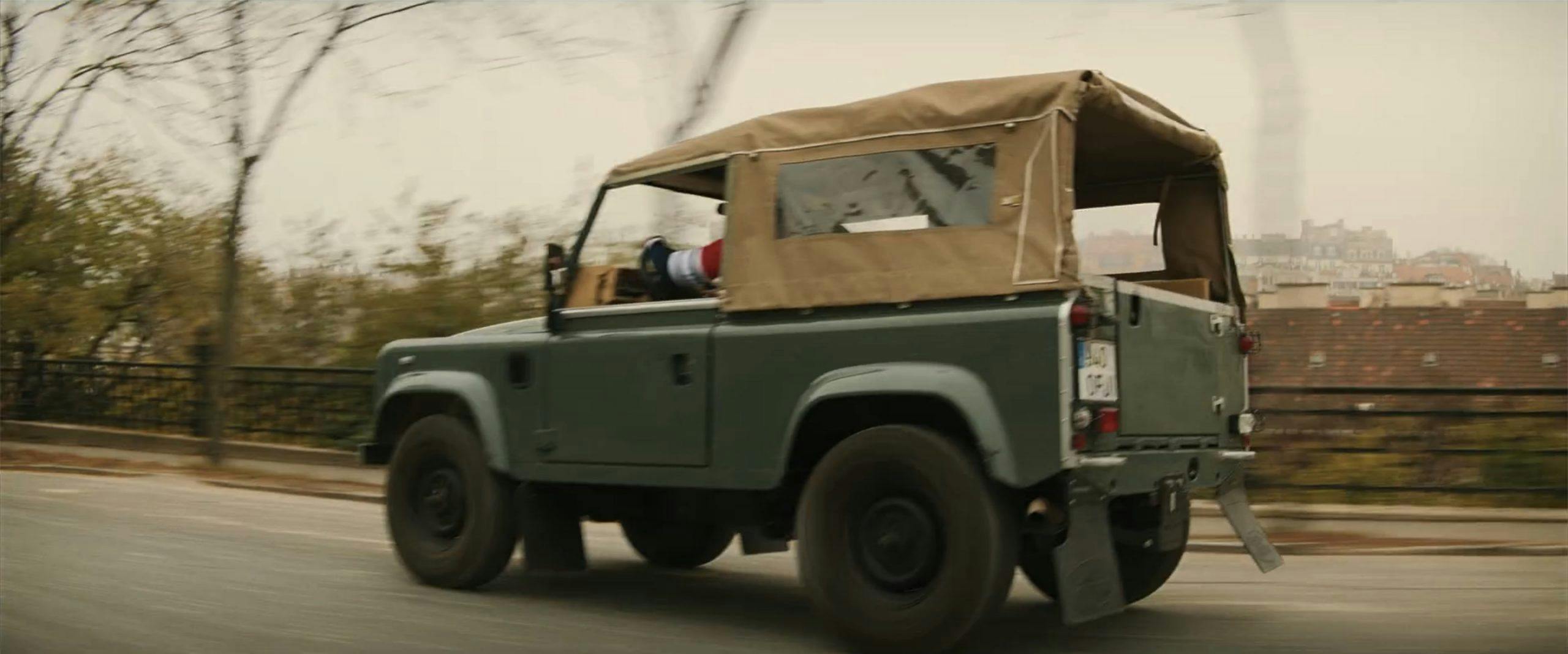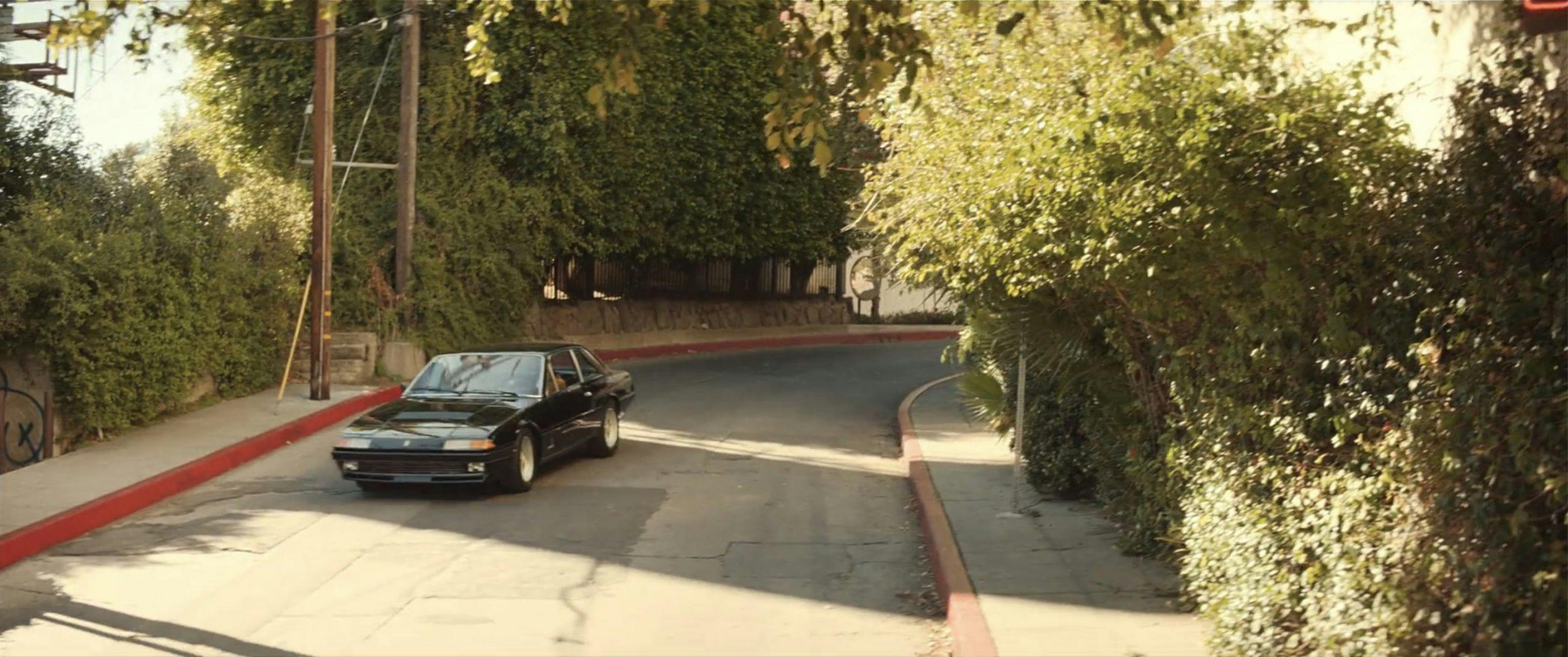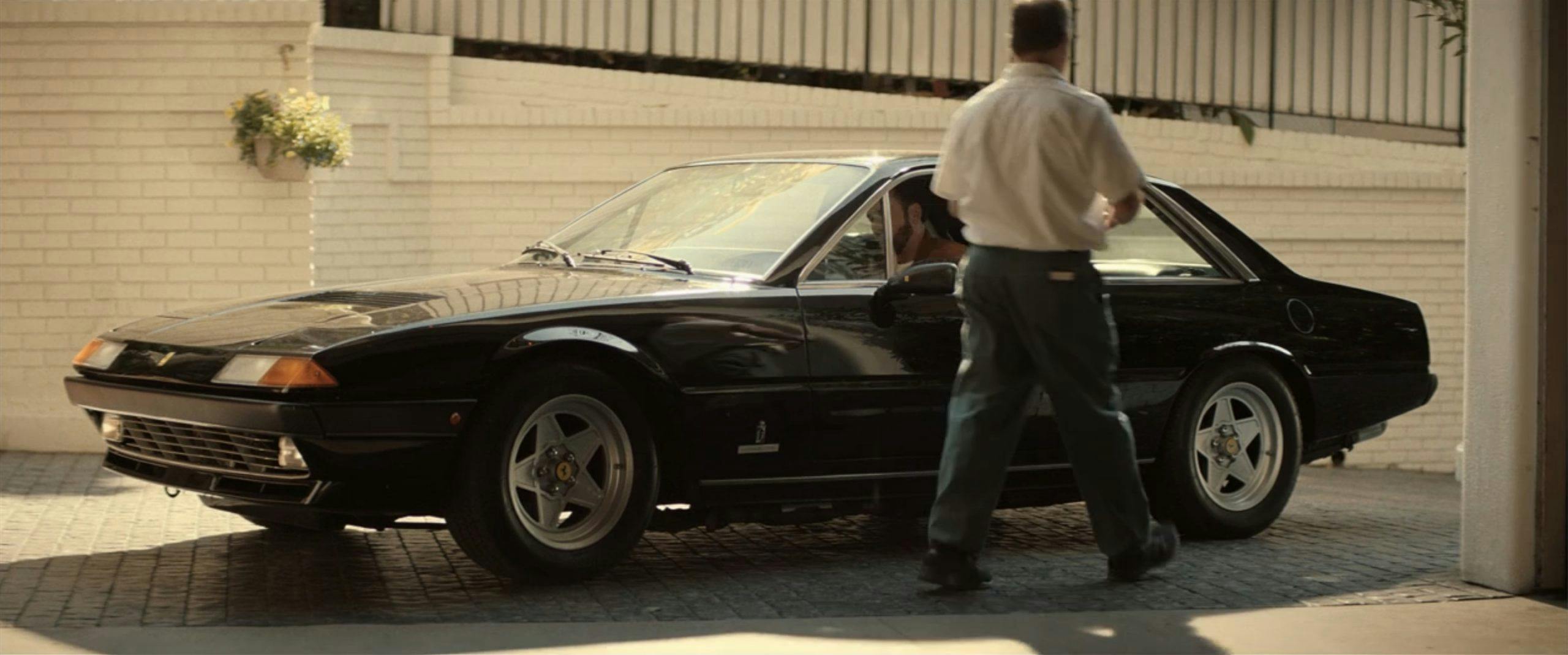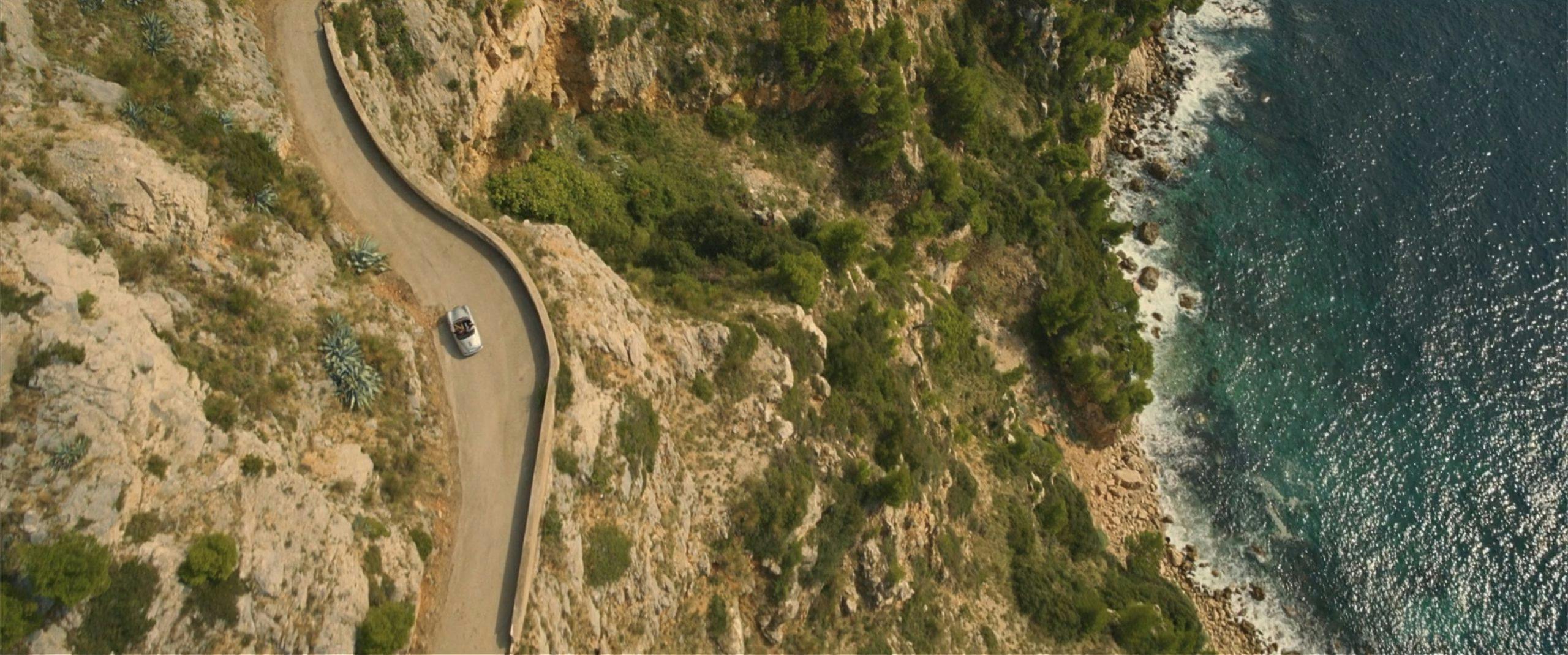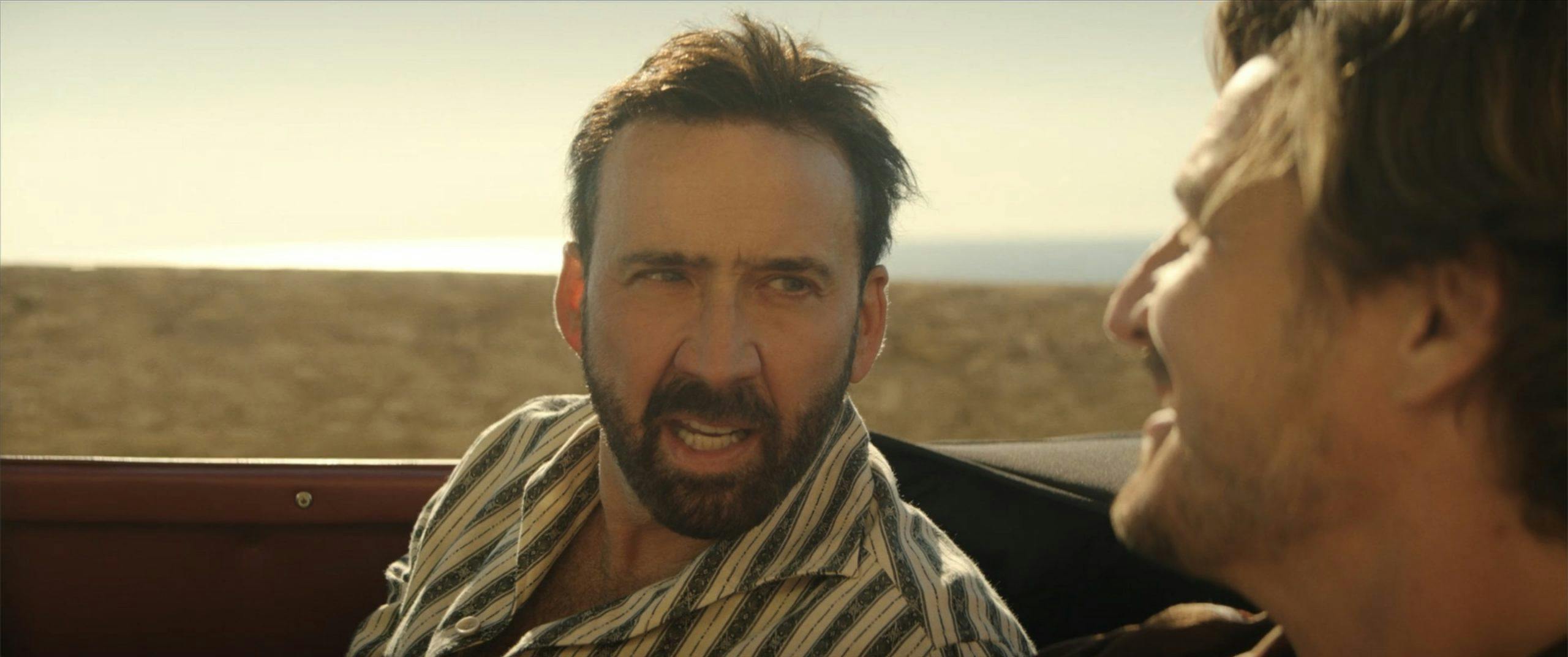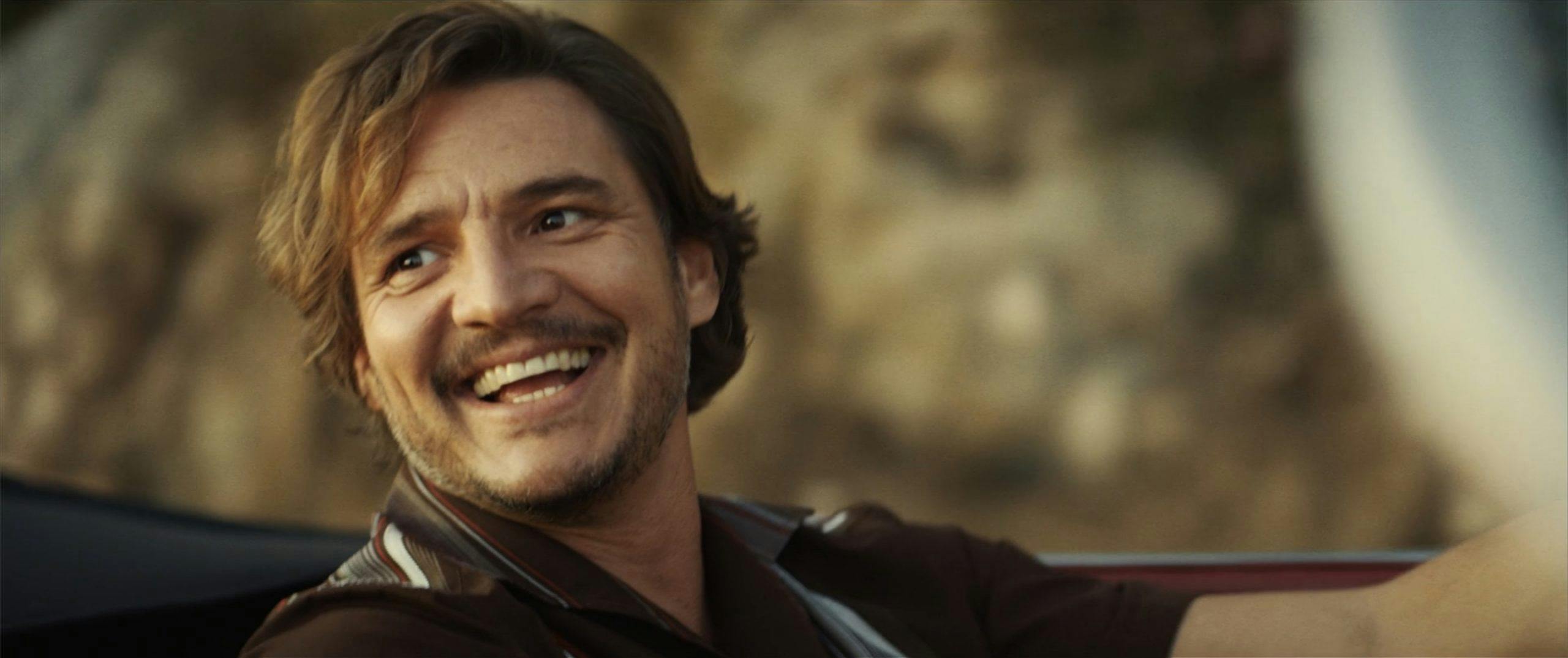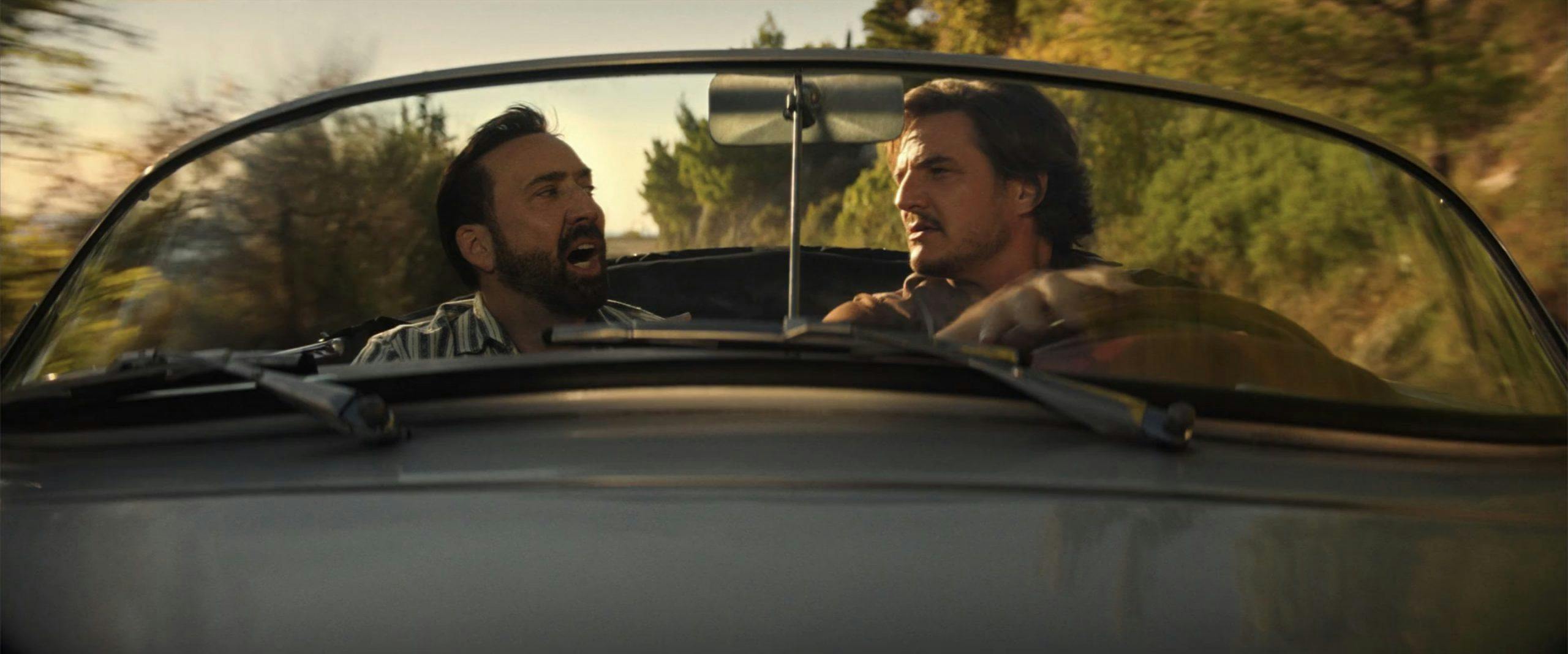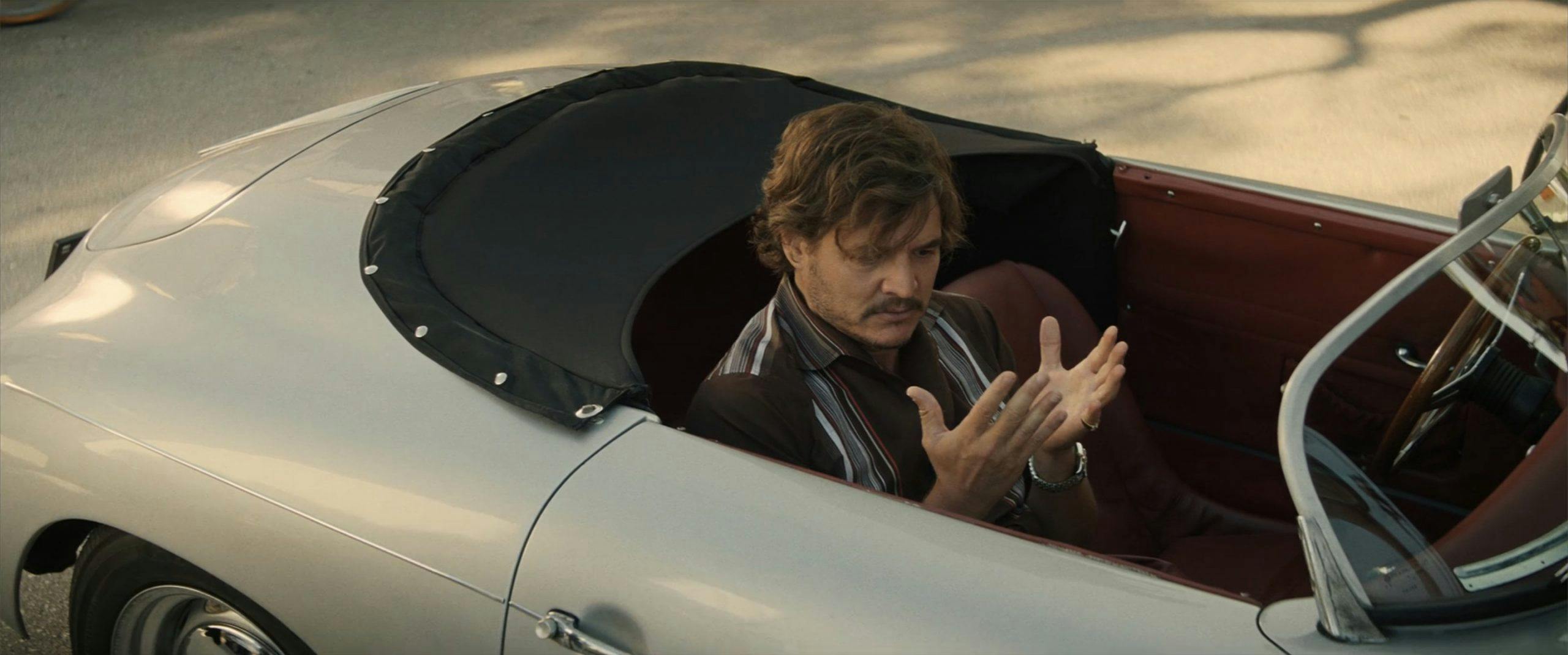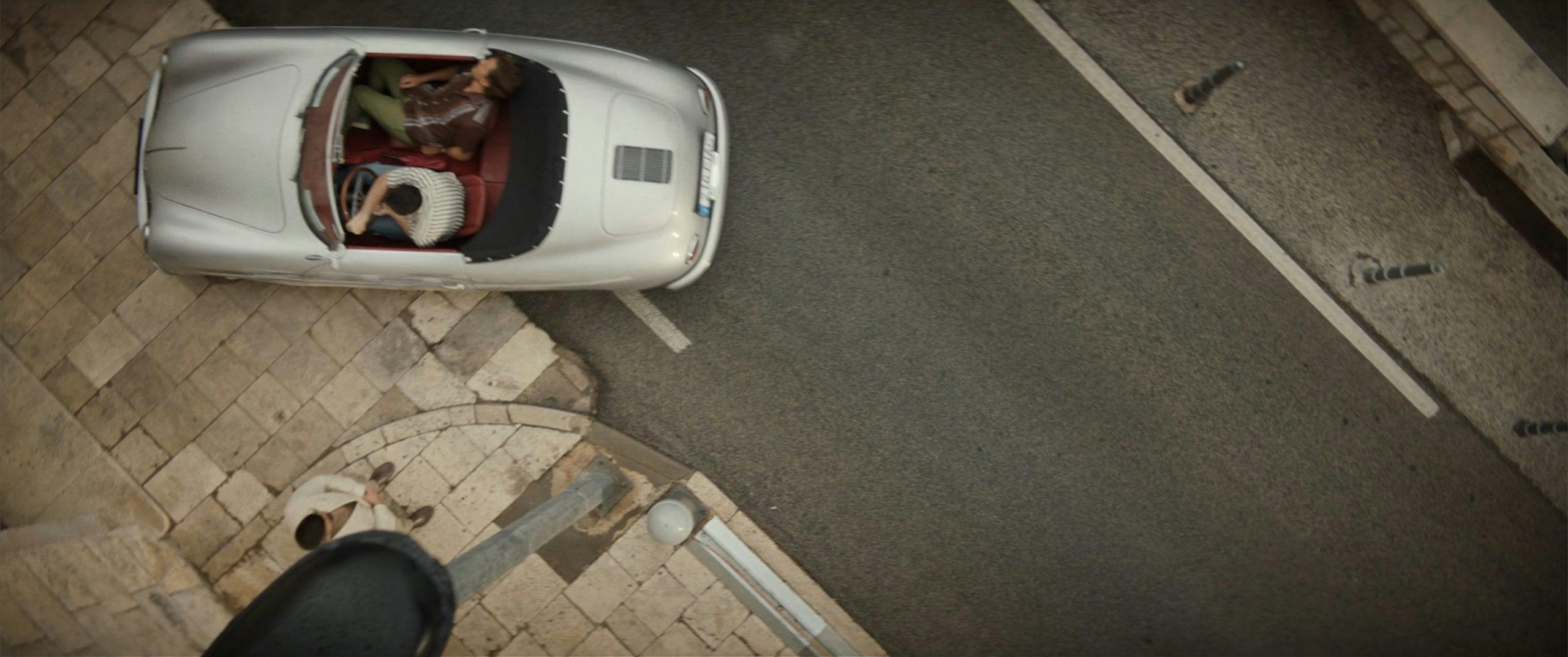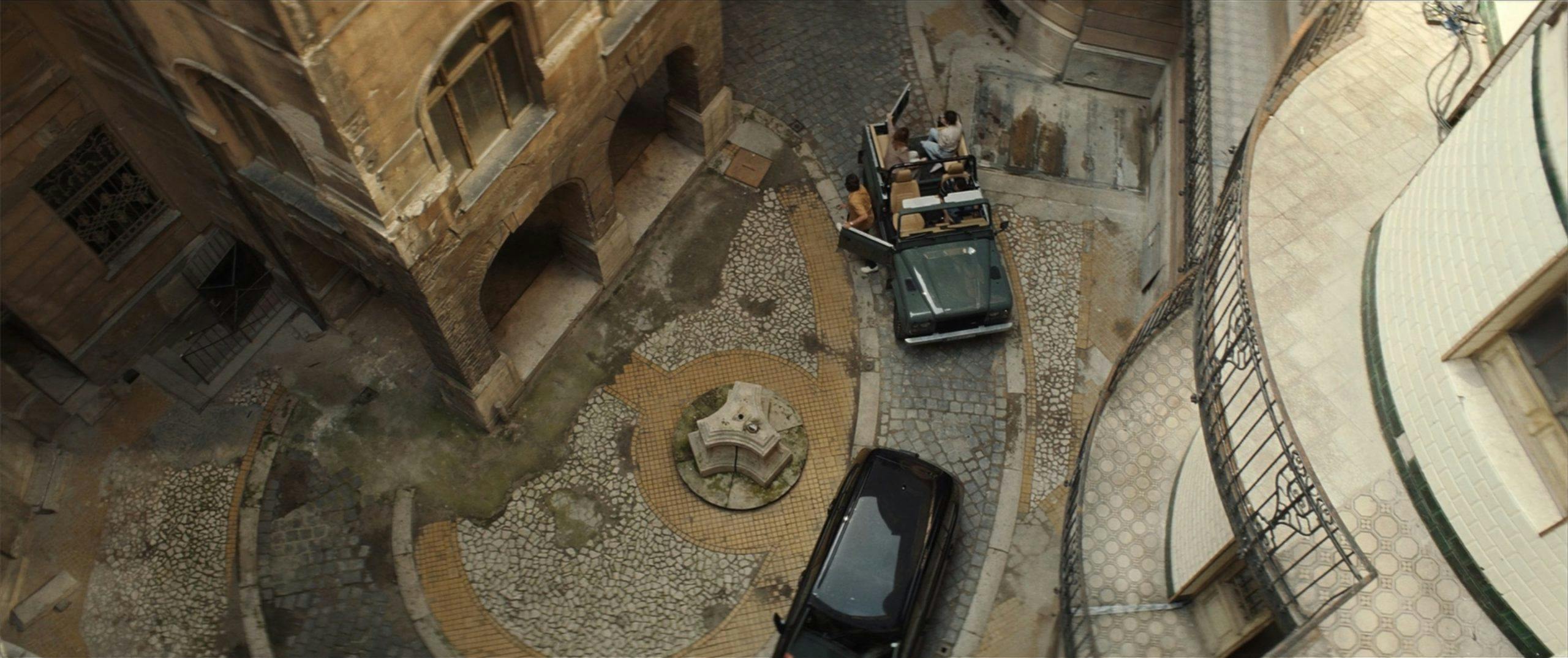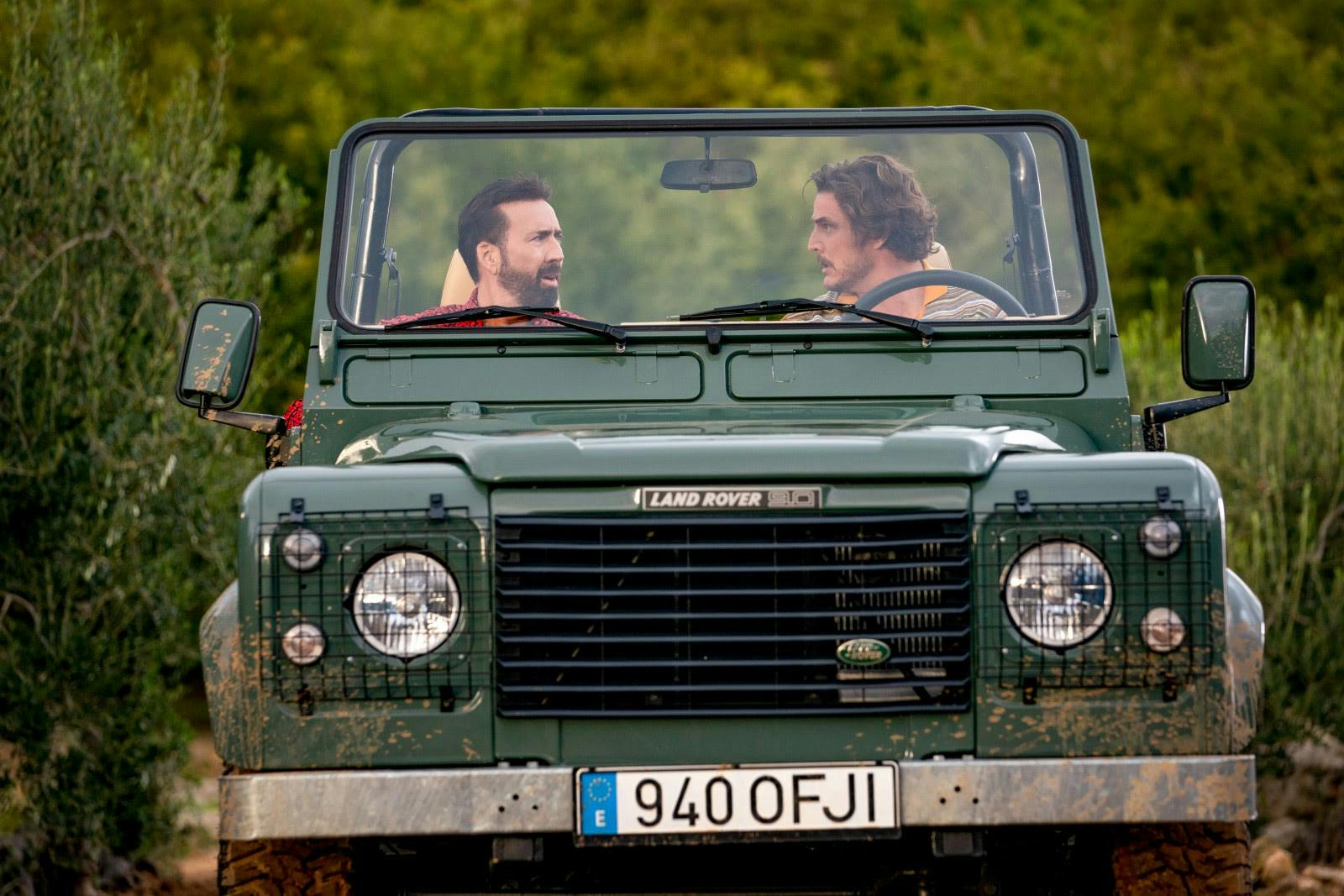Media | Articles
Nic Cage, car casting, and The Unbearable Weight of Massive Talent
The Unbearable Weight of Massive Talent is a celebration of friendship, moviemaking … and the unifying power of Paddington 2. It’s as much a character study of a semi-fictionalized version of Nic Cage—who is called “Nick Cage” so we can tell the difference—as it is a love letter to the real Nicolas Cage. In the film, Pedro Pascal plays Spanish billionaire Javi, a Nick Cage superfan who gives the struggling actor an offer he can’t refuse: he will pay him a million dollars to come out to his vast, gorgeous estate Mallorca to tell stories and party. Naturally, the wealthy pair have a fondness for high-end cars, and they are as well-cast as the actors themselves.
Filmmakers Kevin Etten and Tom Gormican pitched The Unbearable Weight as a tribute to—not a parody of—the real-life Nicolas Cage, which gives us a showcase of the actor’s beloved filmography and his “nouveau shamanic acting ability.” As such, it’s self-referential and peppered with little Nic Cage Easter eggs, treats for the eagle-eyed fan.
This fictionalized version of Cage drives a 1983 Ferrari 400i. Though it’s never appeared before in a Cage film, the vintage reflects the time period in which the actor kicked off his career, first with 1982’s Fast Times at Ridgemont High, followed by 1983’s Valley Girl and Rumble Fish. (It also happens to look like a car that would have suited Mandy’s Red Miller.) Especially in a dark color, the 400i is more elegant and not as flashy as other Ferraris, like the 308, which are perhaps more are highly evocative of the ‘80s. This touring car is more of a subtle status symbol for those with luxury taste. It’s just right for who Nick is when we first meet him: a self-involved celebrity holding onto the past and living beyond his means, but who also happens to be as genuinely cool as the real Nicolas Cage.

When it was first unveiled at the Turin Motor Show in 1979, the Ferrari 400i became the most expensive of Ferrari’s models. With it, Ferrari made the switch from Weber carburetors to fuel injection. The 2+2 coupe came with power steering, pop-up headlights, a revamped interior, automatic transmission, and Ferrari’s iconic engine: a sixty-degree Colombo V-12, which was first enlarged to 4.8 liters for the 400i’s predecessor, the 400. Ferrari revised the 400i in the early ‘80s, debuting the new and improved car at the Paris Motor Show in October 1982. The car hadn’t been sold in the U.S. because it didn’t pass safety or emissions standards, but 1982 marked the first year Americans could get their hands on it.
A customer’s road to buying one was circuitous, however. It had to be picked up at the factory in Maranello by its new owner and driven first in Italy. Of course, making it so difficult to acquire only made the car sexier, more desirable, and an even more effective status symbol. It also prompted the wealthy to find less-than-legal means of obtaining them, sometimes through the gray market. As such, these non-compliant cars could be seized and impounded once they arrived on U.S. soil, but one imagines it was worth the trouble; Ferrari’s V-12 grand tourer was exquisite. It was also fast, with a top speed of 150 mph thanks to its initial 310 horsepower, which was then elevated to 315 in 1982. Power like this was immense at this point in time, when a Corvette made 200 hp, a Mustang GT made 187 hp, and a Porsche 911 Turbo made 296 hp.
Marketplace
Buy and sell classics with confidence

Javi’s own cars rival Nick’s Ferrari: a 1984 Land Rover 90 and a Porsche 356 Speedster. The Speedster is another nod to Cage. As an avid car lover, Cage once owned a stunning collection that numbered about 50 vehicles and actually included a Porsche 356 Pre-A Speedster. (It had to be sold to placate the IRS.) There were also some Ferraris in the mix, and his collection boasted the splendid Enzo supercar, a 250 GT LWB California Spyder, and a 250 GT Series 1 Cabriolet. And, at one time, he also owned nine Rolls-Royces as well as a mess of Lamborghinis, including one custom-made for the Shah of Iran that cost $450,000.
Given that knowledge, it’s understandable that a Cage fanatic like Javi, with unlimited funds and a desire to have a car owned by his idol, would opt for the Speedster. It’s a timeless machine, stylish and sleek not to mention incredibly expensive—even its replicas are pricey. (The one featured in The Unbearable Weight does appear to be a fiberglass replica.)
The ’52 356 America Roadster preceded the Speedster. As a highly influential importer of foreign luxury cars (as well as the only U.S. importer of Porsches at the time), Max Hoffman had pull with the company and felt that Porsche should have its own lightweight drop-top to compete with the likes of Jaguar. The America Roadster didn’t really get off the ground, though, and Porsche only made 16 of them because it cost too much money. Fortunately, at Hoffman’s urging, Porsche revamped the concept for the much-less expensive Speedster, first introduced in late 1954.
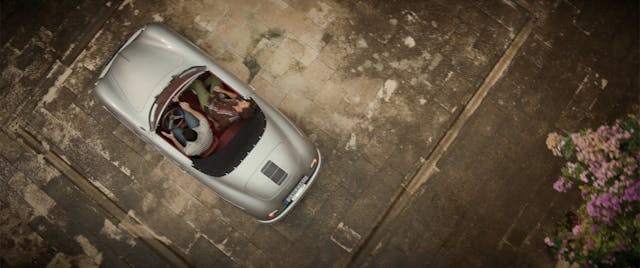


Its 60 horsepower is modest, but there is a certain thrill from an open-top car with no seatbelts, which probably makes it an even more perfect choice for Javi and Nick’s LSD-fueled joyride. It’s hard to deny how good the Speedster looks on Mallorca’s winding roads, beautiful as the landscape that surrounds it. Javi’s resilient Land Rover, however, is decidedly more suitable for rough treatment. We witness that later during their escape from formidable villains and a high-speed chase through the city. (The sheer notion of a Defender accelerating at runaway pace tells you this is definitely Hollywood.) It easily smashes through a security gate, handles well around sharp turns, and quickly dispatches bad guys on dirt bikes. For this to be even remotely plausible, we’d have to believe Javi—and the film’s crew—would have extensively modified this rugged Brit.
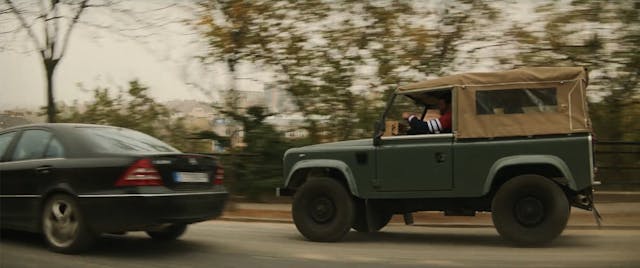
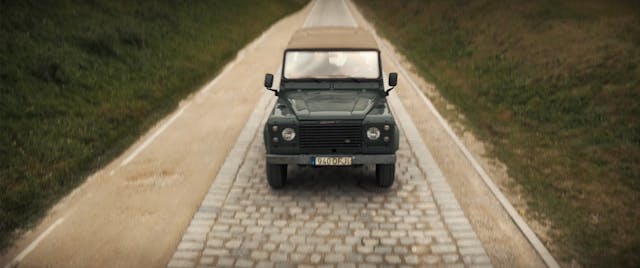
The Land Rover Defender was not made available in the United States until 1993. It might just have the most compelling origin story of the film’s cars; prior to World War II, Land Rover had made much more luxurious machines, but it soon discovered it needed something more utilitarian to appeal in ravaged post-War Europe. The Willys Jeep inspired its solution—Rover’s chief automotive designer Maurice Wilks had been using one on his own farm, and he had the idea that Rover could come up something similar. The Land Rover prototypes were constructed a Jeep chassis with a Rover P3 engine, but the end result of these experimentations was faster—and heavier—than a Jeep, and made with an aluminum body since Britain was rationing steel. It wasn’t exactly comfortable (or quick), but it was hardy and perfect for its intended purpose.


The Defender was first launched at the Amsterdam Motor Show in 1948 and soon became popular with the British Army. Since Britain still had plenty of aircraft cockpit paint left over from the war, Rover repurposed it, which is why so many of the old Land Rovers were green. As the truck evolved, coil-spring suspension replaced the antiquated leaf-spring models, its frame was beefed up, and the windows enlarged. Winston Churchill and the Queen both rode around in one, and on screen Pascal and Cage look just as regal in theirs.
We expect Nicolas Cage to give a performance as sensitive as it is wild and operatic, and he delivers here—but Pedro Pascal holds his own, proving to be the film’s sneaky MVP. Together, the pair prove unbeatable, their chemistry undeniable. That they get to drive around in some truly awesome rides in The Unbearable Weight of Massive Talent is just a nice little bonus in a film that’s overall a blast. What begins as a “grounded adult drama” evolves into a buddy comedy, which then veers again into an action flick, and each chapter gets the car that suits it best: the Ferrari shows us who our main character is, the Porsche cements the film’s bromance, and finally, the Defender takes us on a thrilling ride through Mallorca.
At the story’s conclusion, where we as the audience bear witness to the movie-within-a-movie Cage and Pascal ultimately create, the Defender is suddenly recast as a Hummer for maximum blockbuster effect. (And Nick Cage’s ex-wife is recast as Demi Moore.) It’s an amusing way of highlighting the suspension of disbelief that greases the wheels of truly fun action films. By choosing vehicles as cool as they are meaningful to both the narrative and the actors, the filmmakers find yet another way to honor Nicolas Cage—and satisfy those of us who love cars as much as the legendary star does.










